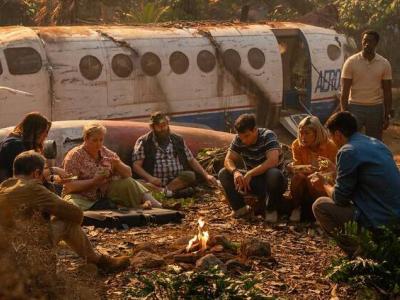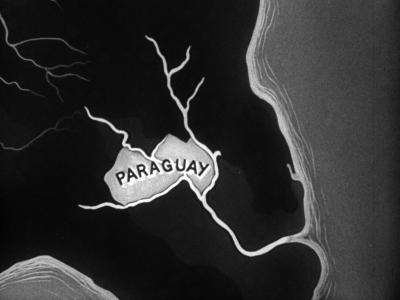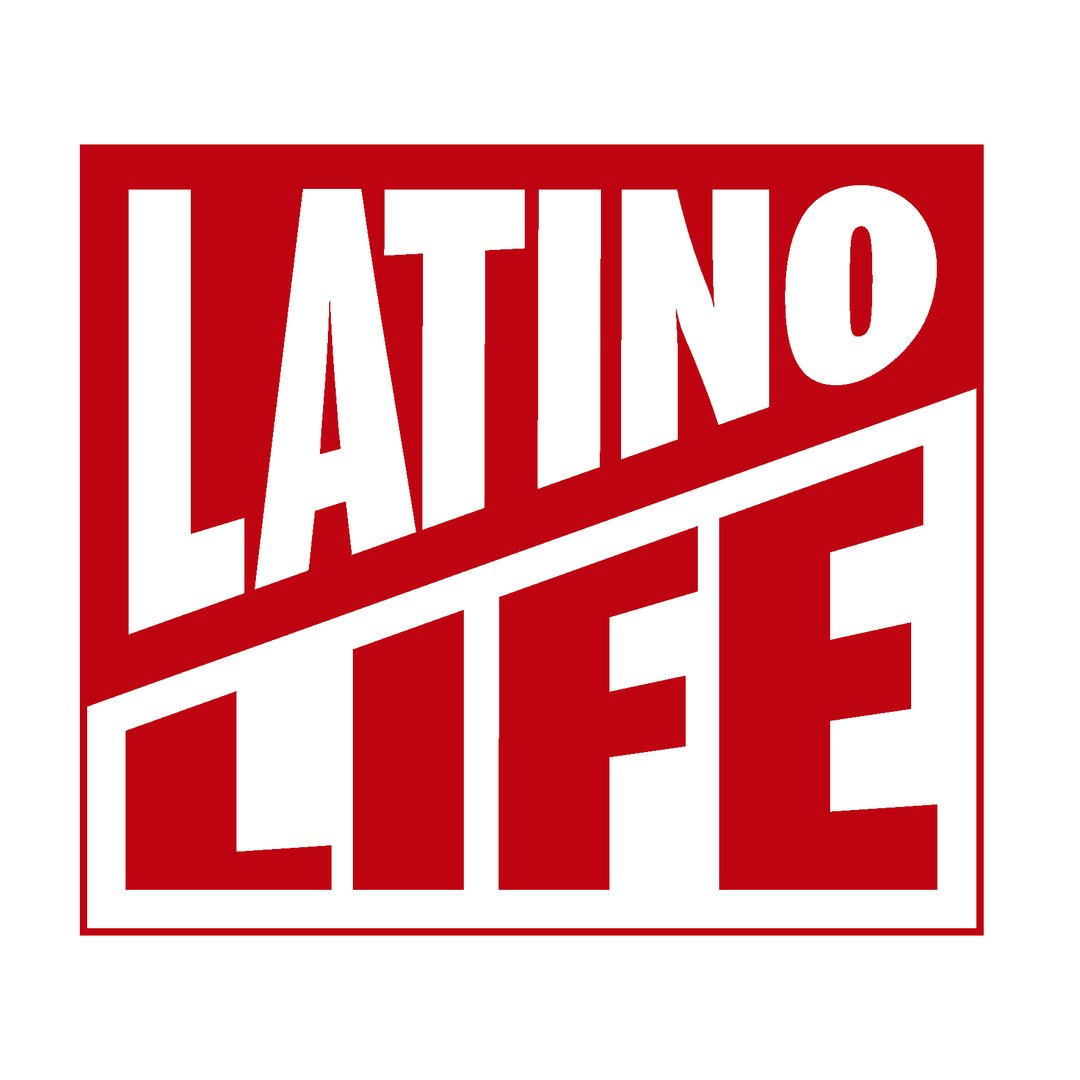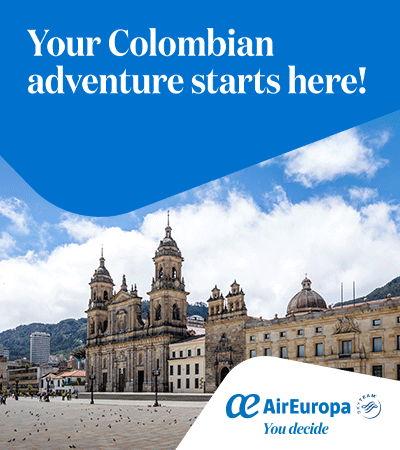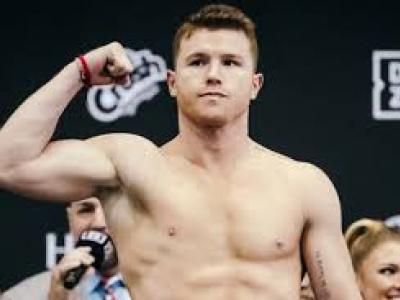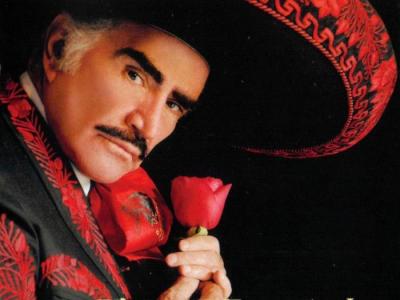
In Focus: Alexandra Cuesta 1
In Focus: Alexandra Cuesta 1

Alexandra Cuesta is a filmmaker and photographer who lives and works between Ecuador and the United States. Her 16mm films and videos are portraits of public places and urban landscapes, and the people in them. Reminiscent of documentary practices such as street photography, Cuesta’s work is also rooted in the poetic and lyrical sensibility of the avant-garde. In Focus: Alexandra Cuesta, is the first UK survey of her work and includes all her completed films as well as other films selected by Cuesta, with an emphasis on recent productions by Ecuadorian filmmakers and artists.
Recordando el Ayer
Alexandra Cuesta | 2007 | Ecuador, USA | 9’ | 16mm | sound
A portrait of Jackson Heights, an area of Queens with a largely Hispanic population and New York’s biggest Ecuadorian community. “I was struck by the physical manifestation of a city landscape that has been slowly modified and reconstructed to resemble another. The neighbourhood with its streets and textures and sounds, becomes a mirror not just of another place but also of another time, and of a past that is built upon collective memory. Beneath this reflection, the space remains an unfamiliar environment to its inhabitants and questions the meaning of ‘home’.” (Alexandra Cuesta)
New York Portrait, Chapter III
Peter Hutton | 1990 | USA | 15’ | 16mm | silent
“Hutton’s sketchbook of mid-1970s New York, edited in three parts over twelve years, is a chronicle of indelible impressions and an act of urban archeology. The artist evokes the city’s delicate rhythms, tonal contrasts, and shifts of scale – scrims of white mist and black smoke, of gauze, cloud, and fluttering pennant… the slight rustle of a homeless man’s shirt; the flowery patterns of rainwater draining from a flooded street; and a winter fog rolling over the sandy rivulets of Coney Island, making of it a lunar park, removed from time.” (Josh Siegel, MoMA)
Kristallnacht
Chick Strand | 1979 | USA | 7’ | 16mm | sound
“Kristallnacht is a deceptively simple film, focusing on reflections of light on water, seemingly at night. […] Visually, Kristallnacht is exquisite, a paean to the innocent pleasure of enjoying a night-time swim during warm weather. But because of the film’s title, and Strand’s framing the water imagery with two texts – at the beginning a haiku: ‘White chrysanthemum / before that perfect flower / scissors hesitate,’ and at the end, ‘For Anne Frank’- this innocence is recontextualized by its opposite. Kristallnacht, of course, refers to the ‘night of broken glass,’ November 9-10 1938, when the Nazis expanded their persecution of European Jewry by destroying synagogues, looting stores, and arresting thousands of Jews. Within this context the haiku suggests the sacrifice of Anne Frank, and the train we hear on the soundtrack comes to suggest the transportation of millions of Jews to their death during Hitler’s ‘Final Solution’.” (Robin Blaetz)
BEIRUT 2.14.05
Alexandra Cuesta | 2008 | Ecuador, USA | 8’| 16mm | English
Shot in Beirut, Lebanon during the filming of Ça Sera Beau (From Beyrouth with Love) by Wael Nourredine. “On February 14, 2005, a car bomb went off in downtown Beirut, minutes later the whole world was being shown graphic images of the incident that would later trigger a national uproar. Holding witness to this event, and made during the production of another film, the film carries a sense of urgency and chance, an accidental diary and sketch of history.” (Alexandra Cuesta)
Versos silenciosos a Quito y mi gente
Michael Wood | 2019 | Ecuador, USA | 5’ | Super 8 (digital transfer) | silent
A hyperkinetic film poem to the city of Quito and its people. Trapped in an in-between, the film searched for lost places and lost words; a silent work created with “Spanglish” thoughts. Michael Woods writes: “Como puedo conocer los lugares lost to me como la lengua de mis abuelos, de mi mama, as I trace back para escapar el espectáculo jodido de los Estados Unidos to return to another spectacle of my own creation. Mirando la realidad, una mapa he creido. Solo quiero construir una mapa de todo, sobre dios, que puede escapar the nothingness that trails me like my shadow. Como un espejo. Like a hypercube. Como las escaleras espirales.”
Los Angeles Station
Leandro Katz | 1970-1976 | Argentina, USA | 10’ | 16mm (digital transfer) | silent
Portrait of a small community living by the railroad tracks in the banana plantation region of Quiriguá, Guatemala. Originally a single take, this film is composed of alternating equal number of moving frames and frozen frames as the camera tracks alongside the train station. “Los Angeles Station is Leandro Katz’s simplest, most direct and probably least ambitious film and yet in many ways it is his loveliest. The result of the systematically structured material is unexpectedly stirring. Because of the impersonal method of construction, the freeze frames are not the result of sudden sentimental tugs. […]. The freeze may halt a pan or simply congeal an already held moment. In the first case, an image often ends up de-centred, highlighting the broadside of the shack-like dwellings with their inhabitants crowded at the edge. Or, alternatively, a smiling boy, full of animate life and sensuousness, suddenly becomes an anthropological document, frozen evidence of a time, a place, and a culture.” (Tony Pipolo)
Piensa en mí
Alexandra Cuesta | Ecuador, USA | 2009 | 15’ | 16mm | English & Spanish
A contemplative meditation on public transport in a city known for its freeways and designed for those who own a car, Piensa en mí draws a filmic portrait of Los Angeles’ invisible population of bus-users. “Moving from east to west and back, the windows of a bus frame fleeting sections of urban landscape. Throughout the day, images of riders, textures of light and fragments of bodies in space come together to weave a portrait in motion […]. Isolation, routine and everyday splendour, create the backdrop of this journey, while the intermittent sounds of cars construct the soundscape.” (Alexandra Cuesta)
In the presence of Alexandra Cuesta and followed by a Q&A


